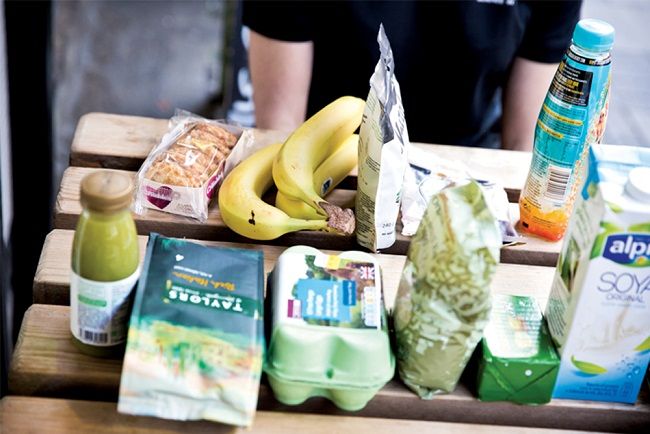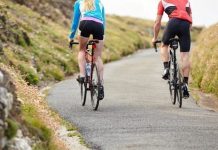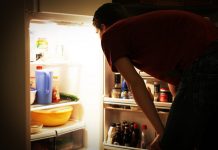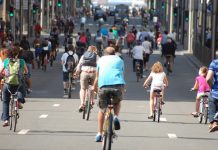Interestingly, most people really focus on a training plan and often forget how important a nutrition plan actually is.
Good nutrition is a key component of being active. The foods you eat before you exercise can improve or inhibit how well you perform. If you’re planning a long bike ride, certain foods will provide the fuel you need for endurance and stamina so you have all the energy you need to successfully complete your ride.
The American College of Sports Medicine recommends 30-60 grams of carbohydrate per hour of exercise, but few athletes understand the reason for this amount. The average person can process, or oxidize, only about 1 gram of carbohydrate per minute, no matter how much is consumed. The bottleneck isn’t your muscles: it’s your intestines, which can transport glucose from food you eat into your bloodstream only so fast. Dumping more carbohydrate into your gut doesn’t necessarily increase the absorption rate, and it can increase your chances of an upset stomach.
One of the easiest ways to optimize your carbohydrate intake during rides is to drink a low-carb, electrolyte hydrating drink while you’re eating light, digestible snacks, like fig bars and bananas. Simply separating these two categories—hydration and solid food—typically brings people back into the range of 30 to 60 grams of carbohydrate per hour, while also ensuring they’re getting adequate sodium and fluids.
Also, new research suggests that by consuming energy foods that contain a mix of sugars (such as glucose and fructose, or glucose and maltodextrin) instead of just one type, you can bump oxidation to as much as 1.7 grams per minute.
Aim to drink a minimum of one bottle of sports drink (500 ml – 32g of carbs – 130 calories) half a bottle of water 250 ml, and eat one gel (30g of carbs – 100 calories) every hour on the bike. If it heats up you will need to drink more. Remember that this is an absolute minimum at moderate intensity.
Be careful not to drink more than 1.5l/h though as most people are only able to process between one and one and a half litres of water per hour.
Start eating and drinking within the first half an hour of your ride. You may not feel hungry or thirsty, but by the time you do it is already too late. Eating and drinking steadily is much better than stuffing your face all at once. Set a timer for every 15 minutes to eat and drink. One important consideration is if you are eating powerbars or gels, then wash them down with water (not sports drink) so they are easier to digest.
• Ride Duration: 3 hours or more
• Primary Concern: Carbohydrate and electrolyte replenishment; food boredom
• What to Drink: 2 bottles low-carb, electrolyte hydration drinks, at least
• What to Eat: 30 to 60g of carbs per hour, total. Digestion can get harder as rides get longer, so eat more solids at the beginning of the ride, and switch to blocks, chews, and other easily digested foods during the final part of the ride. Just be sure to drink plenty of fluid to chase down gels, so you don’t get GI upset.
• Bonus Tip: Supplement bars and gels with carb-rich, low-protein, moderate-fat “real” foods. Don’t worry about specific amounts of protein or fat; just eat what tastes good so you keep eating.














